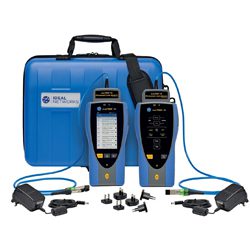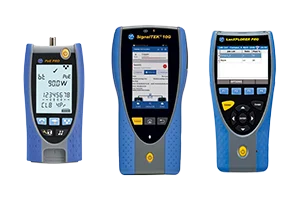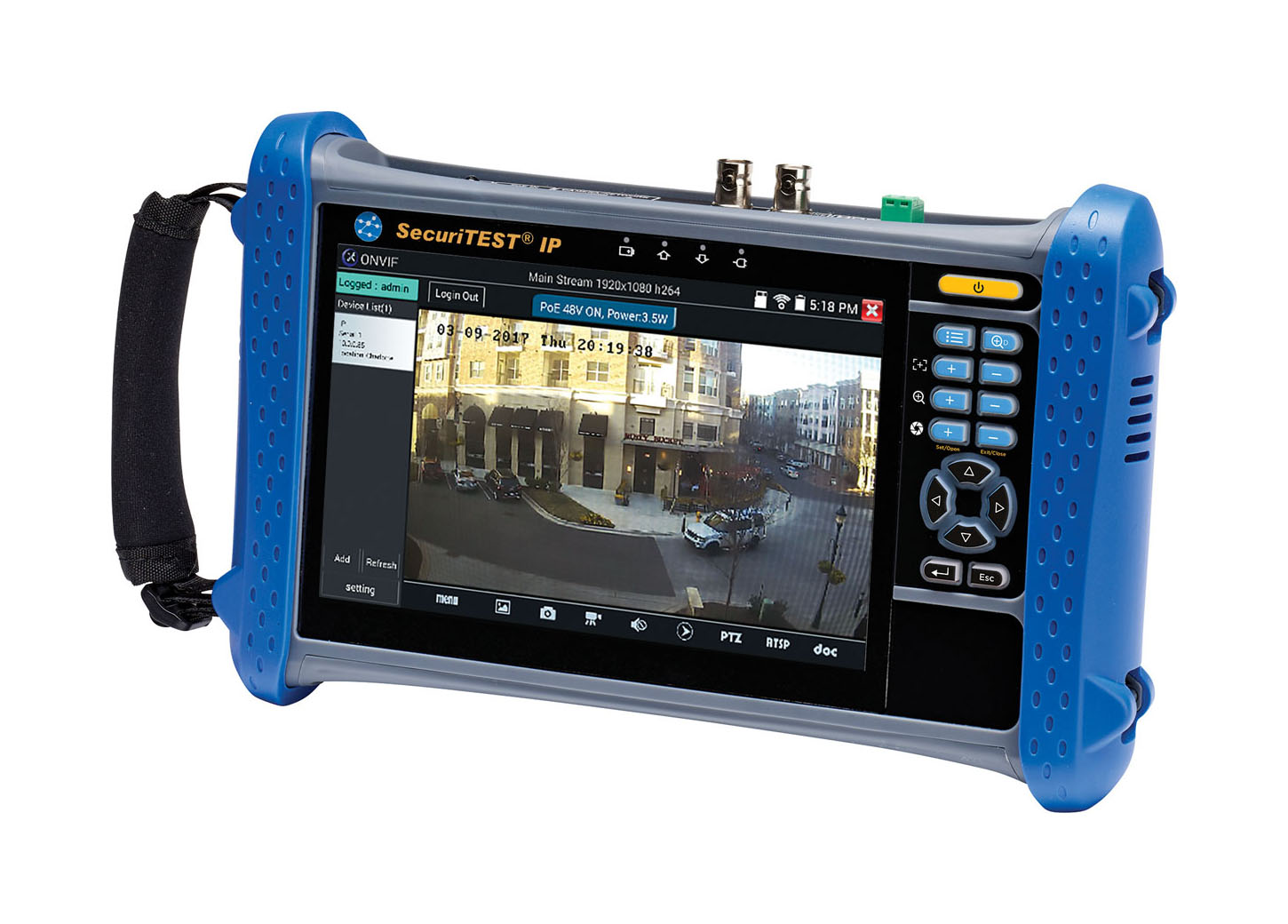Product Categories
-
Category Types (13)
-
Category Types (1)
Showing 1–24 of 221 results
-
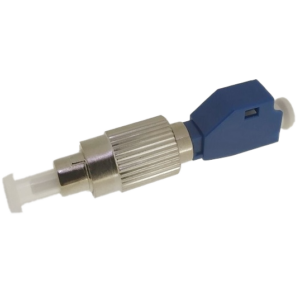 Layer 1
Layer 11.25mm Ferrule Adapter Kit for Visual Fault Locator
SKU: OSA-VFL-1.25KIT
-
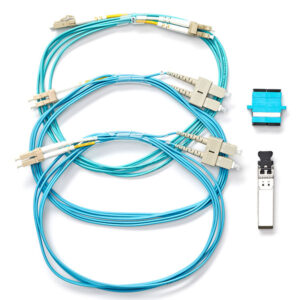 Trend Networks
Trend Networks10GbE MM Fibre Kit 850nm SR
SKU: TRE-R157050
-
Next Stock
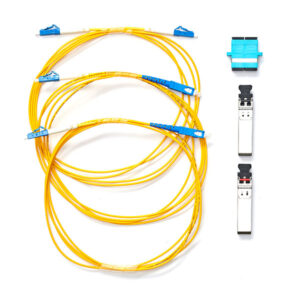 Trend Networks
Trend Networks10GbE SM Fibre Kit 1270/1330nm
SKU: TRE-R157053
-
Next Stock
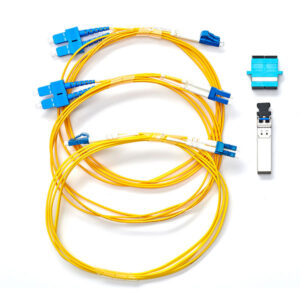 Trend Networks
Trend Networks10GbE SM Fibre Kit 1310nm LR
SKU: TRE-R157054
-
Next Stock
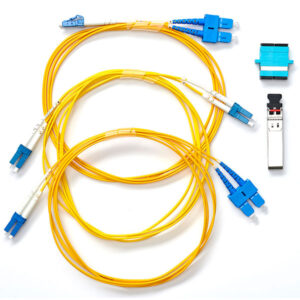 Trend Networks
Trend Networks10GbE SM Fibre Kit 1550nm ER
SKU: TRE-R157051
-
Next Stock
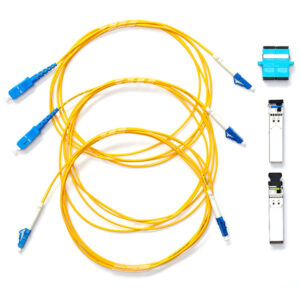 Trend Networks
Trend Networks1GbE SM Fibre Kit 1310/1550nm
SKU: TRE-R157052
-
Next Stock
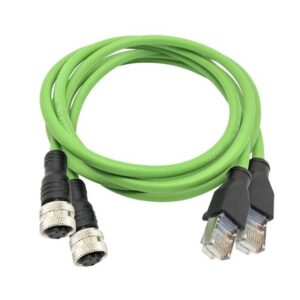 Trend Networks
Trend Networks2 x RJ45 to M12 D coded 1m adapter cable
SKU: TRE-R151058
-
Next Stock
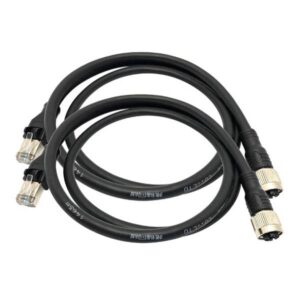 Trend Networks
Trend Networks2 x RJ45 to M12 X coded 1m adapter cable
SKU: TRE-R151059
-
 Trend Networks
Trend Networks2 Year Warranty – FiberMASTER Fiber Inspection Probe
SKU: TRE-R240-VIP-W2
-
Next Stock
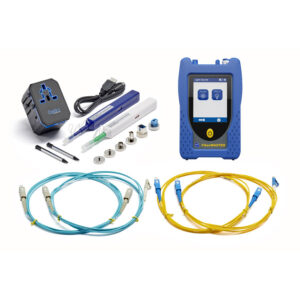 Trend Networks
Trend Networks2 Year Warranty – FiberMASTER Light Source Quad
SKU: TRE-R240-LSIV-W2
-
Next Stock
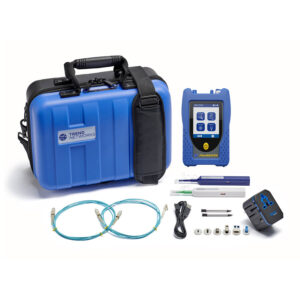 Trend Networks
Trend Networks2 Year Warranty – FiberMASTER OTDR Multimode
SKU: TRE-R240-MIPV-W2
-
Next Stock
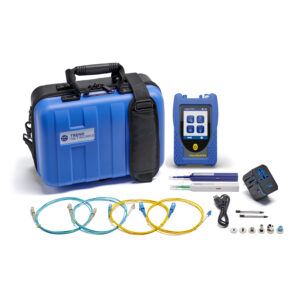 Trend Networks
Trend Networks2 Year Warranty – FiberMASTER OTDR Quad
SKU: TRE-R240-QIP-W2
-
Next Stock
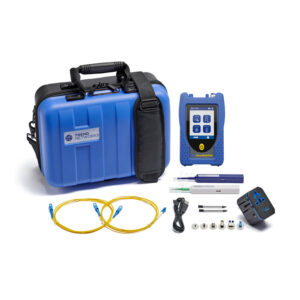 Trend Networks
Trend Networks2 Year Warranty – FiberMASTER OTDR Single-mode
SKU: TRE-R240-SIPV-W2
-
Next Stock
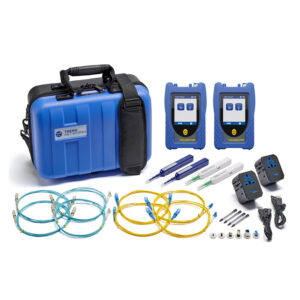 Trend Networks
Trend Networks2 Year Warranty – FiberMASTER Power Meter and Light Source
SKU: TRE-R240-PMLS-W2
-
Next Stock
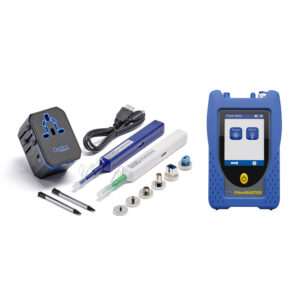 Trend Networks
Trend Networks2 Year Warranty – FiberMASTER Power Meter MM/SM
SKU: TRE-R240-PMIV-W2
-
Next Stock
 Trend Networks
Trend Networks2 Year Warranty – LanXPLORER PRO
SKU: TRE-R150001W2
-
Next Stock
 Trend Networks
Trend Networks2 Year Warranty – NaviTEK IE
SKU: TRE-R151010W2
-
Next Stock
 Trend Networks
Trend Networks2 Year Warranty – NaviTEK NT
SKU: TRE-R153001W2
-
Next Stock
 Trend Networks
Trend Networks2 Year Warranty – NaviTEK NT PLUS with Touchscreen
SKU: TRE-R151005W2
-
Next Stock
 Trend Networks
Trend Networks2 Year Warranty – NaviTEK NT PRO with Touchscreen
SKU: TRE-R151006W2
-
Next Stock
 Trend Networks
Trend Networks2 Year Warranty – PoE Pro with Bluetooth
SKU: TRE-R158006W2
-
Next Stock
 Trend Networks
Trend Networks2 Year Warranty – SignalTEK 10G CT
SKU: TRE-R157000W2
-
Next Stock
 Trend Networks
Trend Networks2 Year Warranty – SignalTEK 10G FT
SKU: TRE-R157001W2
-
Next Stock
 Trend Networks
Trend Networks2 Year Warranty – SignalTEK 10G NT
SKU: TRE-R157002W2

